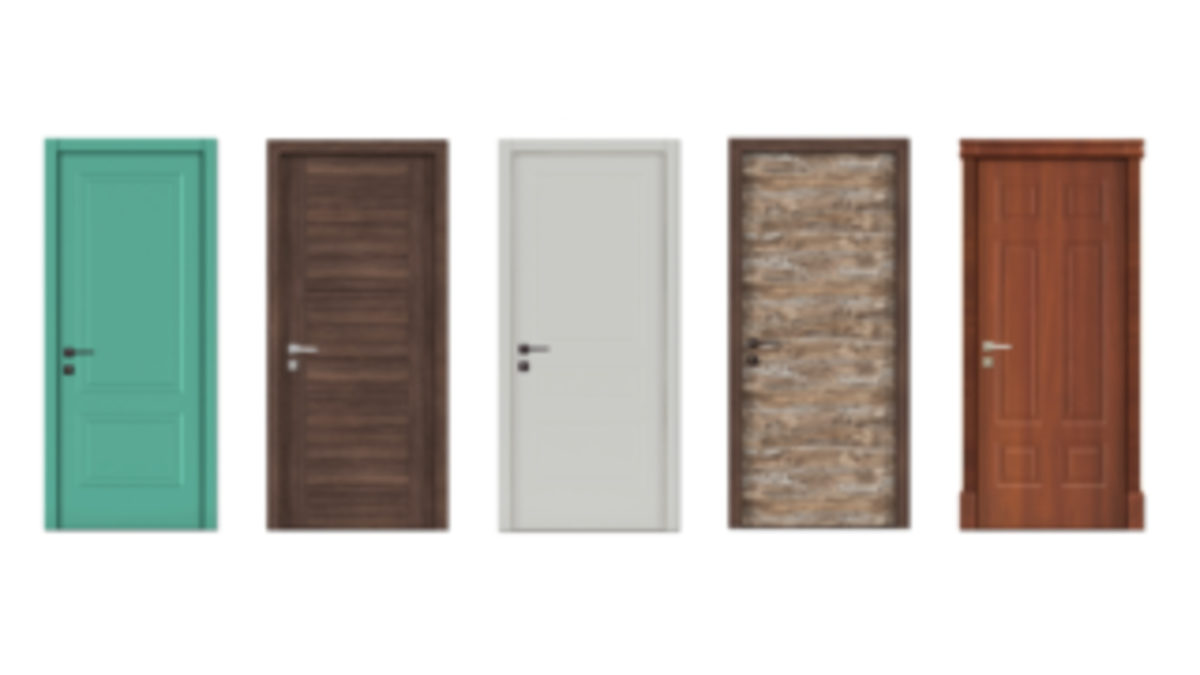Intro
You can be amused at first thought, that’s ok, I’ll change your mind. ‘Stickers’ on doors can have a great positive impact on memory care! One of the objections to nursing ‘homes‘, long term care ‘homes‘, and retirement ‘homes‘ is the fact that they are too institutional and don’t feel well… like a home. Being more of a home can improve outcomes and offer a competitive edge … If occupancy rate is something you’re concern about that is.
Types of Doors
Now that you’ve entertained the thought for a few seconds, you may think that slapping a sticker on a door is enough to make an impact. Well, funny enough you’d be right to some extent. But the important nuance is the if you want it to work well you should consider several factors.
Firstly, what door are you putting the sticker on? what is the driving factor behind the decision? And secondly, if it goes on someone’s room, do they have any input? That being said, there are two clear distinctions in utility:
Navigation
If all doors look alike then it is easy to get lost. If your door is unique, or the few others that look like it are few and (very) far in between, you won’t go in someone else’s room, or an empty room by accident. Furthermore, a corridor with identical doors looks like a hospital. a corridor with different doors looks more like an apartment building full of homes. And, as the administrator of Glaciar View Lodge told me, caregivers keep the doors closed more and knock more since they’ve had the door. An anecdote, but one would be more inclined to think that behind a hospital door is a patient but would think that someone lives behind an oak door like the one their neighbor across the street has on their front door.
Diversion
The institutional feel of an environment, versus it feeling like home, can trigger exit-seeking behavior from some residents. This challenge that memory care institutions have to deal with manifests when residents wander through the building and elements such as exit doors can trigger a desire to leave and go home. Creating much panic in the building. Some companies specialize in the production of decals design to ‘disguise’ an egress or corridor door so as going through it needs to be a purposeful conscious decision, and a cursory glance would provide a more familial ‘at home’ impression.
Vendors and Prices
When I was first introduced to the concept of door decals and the impact they have on memory care, I knew of only one vendor. And honestly, there aren’t many out there. While there is little research on the topic, at least in English, resident feedback on the topic is nothing short of spectacular.
Alzheimer Store
The start of the Alzheimer Store is rooted in memory care, particularly the unfortunate experience of the founders whose immediate family struggled with Alzheimer’s disease. The Store is more tailored towards at-home care and making one’s home ‘Alzheimer-proof” through devices and systems to ensure that people can live independently as long as possible. Among the products they currently offer are door decals in limited variety as camouflage to prevent wandering outside the building. they can be found here, and these fire Proof designs come with a $185 price tag as of writing.
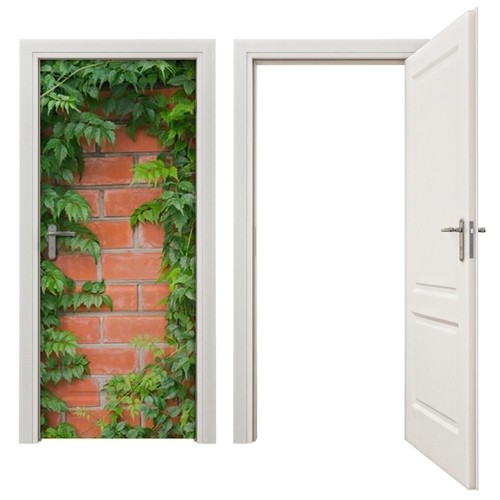


Shipping goes from $7 – $60 depending on the type and if you’re located in The US or Canada, but they do ship outside of NA if interested.
Creative Art Co
Creative Art Co understands the needs of memory care and provides a wide range of solutions designed to help with multiple aspects of care. The only complaint I would have is that a lot of their doors look computer-generated, that is not to say they don’t look good. but they don’t look as real. Due to the more extensive portfolio, the company does not stop at doors but offers decals better aimed at navigation, diversion, camouflage, activities, and beautification. There definitely looks like there is a cohesive artistic style that can be recognized in all their work. The benefit of this, of course, is the fact that if you are to get multiple products they will blend in with each other seamlessly and provide your residents a more seamless experience in your home.
But back to the doors. Creative Art Co offers both navigation (personalized resident door) decals, as well as diversion door decals, and here are some examples of their work.
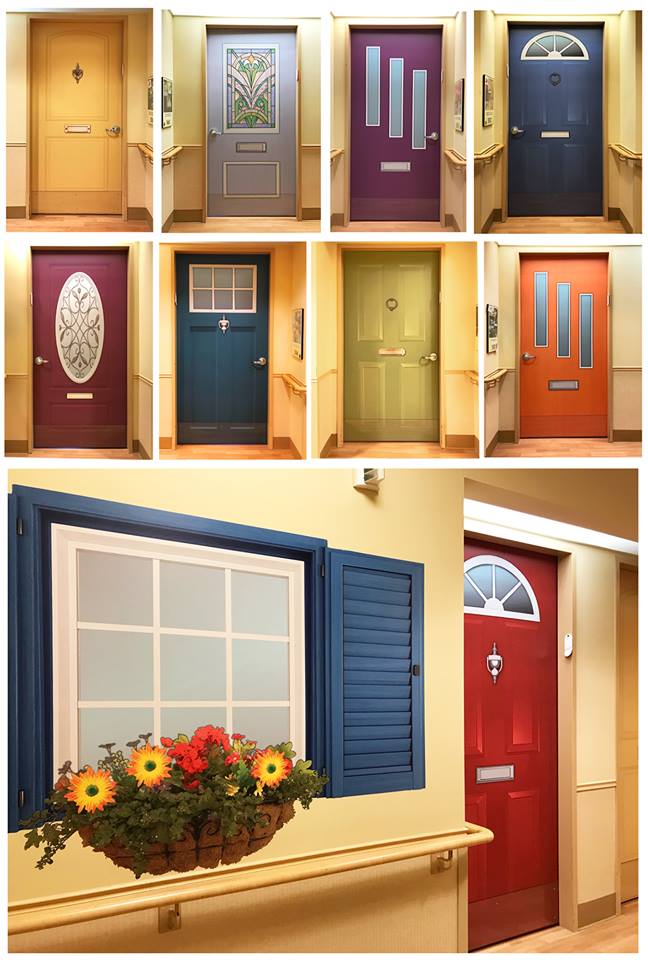
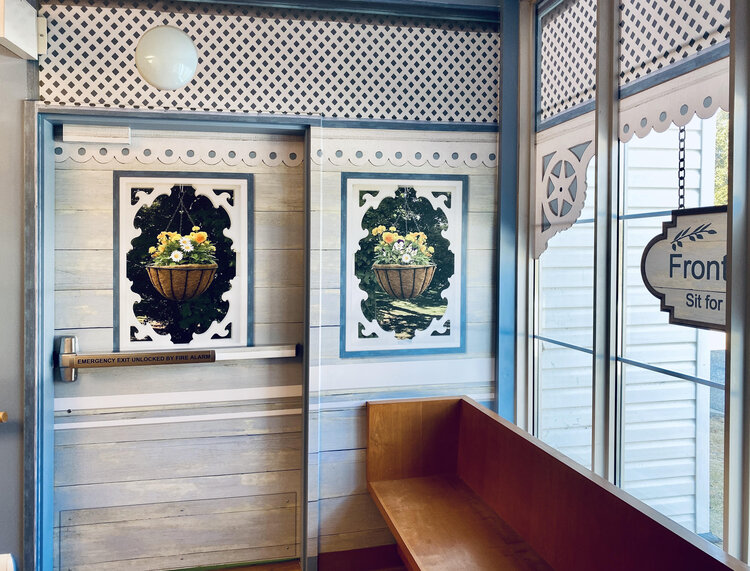
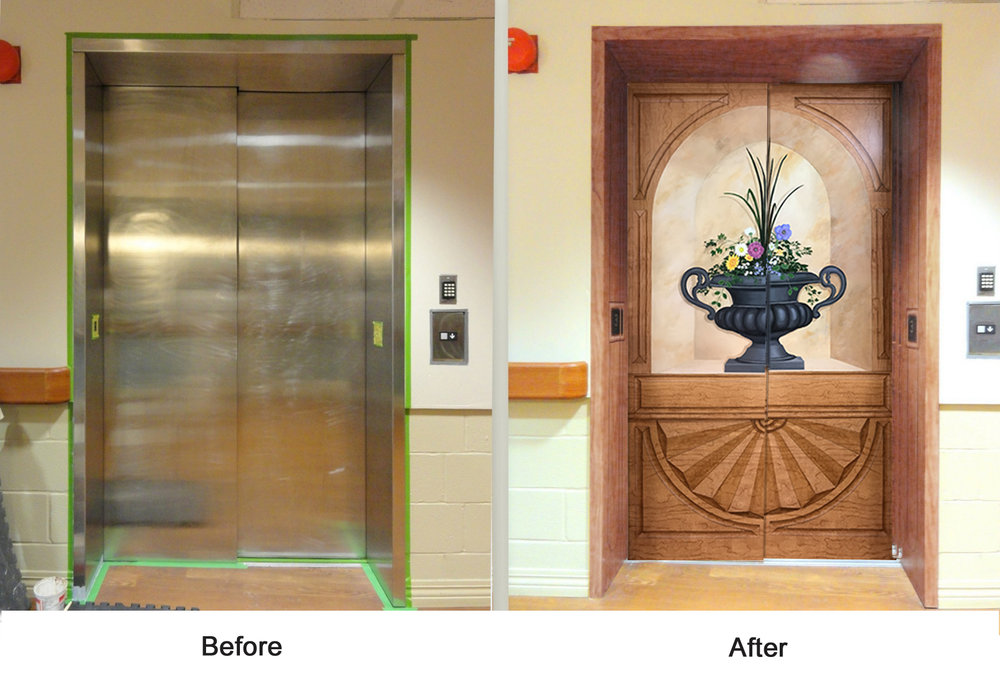
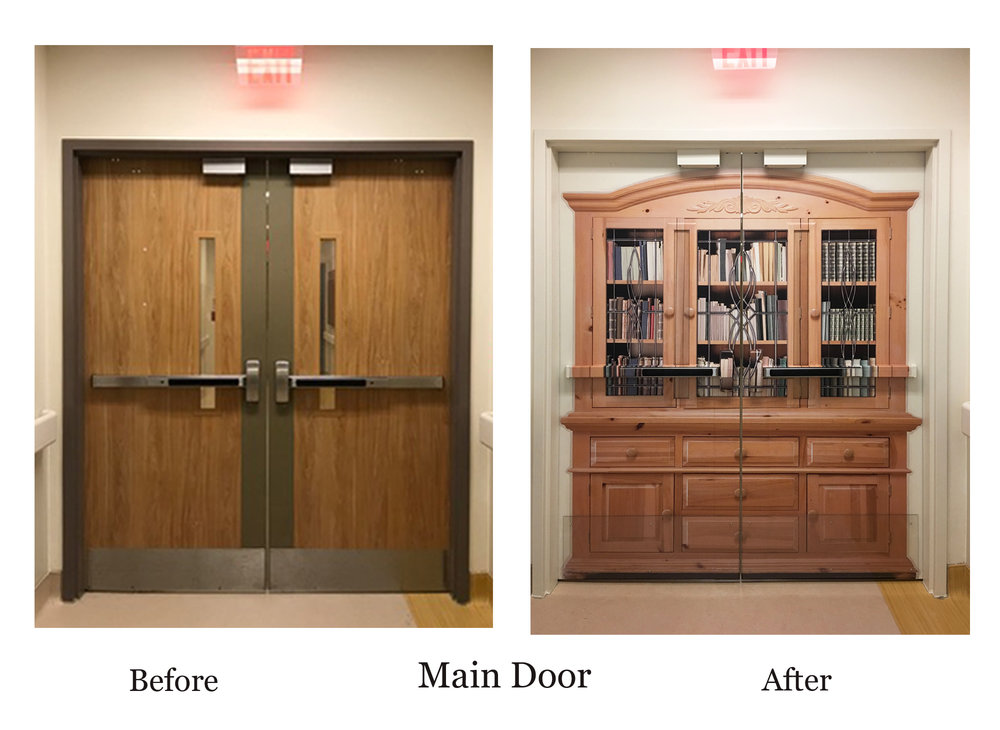
When it comes to pricing, this two-artist team wants you to reach out so they can have a better understanding of your needs. Of note, they seem to be based in Ontario Canada, and any price seen on their website would be in Canadian dollars. but they do offer installation services, which may be beneficial if you want to go for more elaborate installations.
True Doors
True Doors and their impact on memory care is what prompted this whole article. You may have heard of them; because their doors are insane. This is what happens when you hyper-specialize. True Doors, as the name implies are all about doors, over 500 designs, all digital scans. I don’t think there is any more to say about them. The doors are hyper-realistic and the variety can ensure that even in a larger home there would be little to no door duplication. Here are some options:

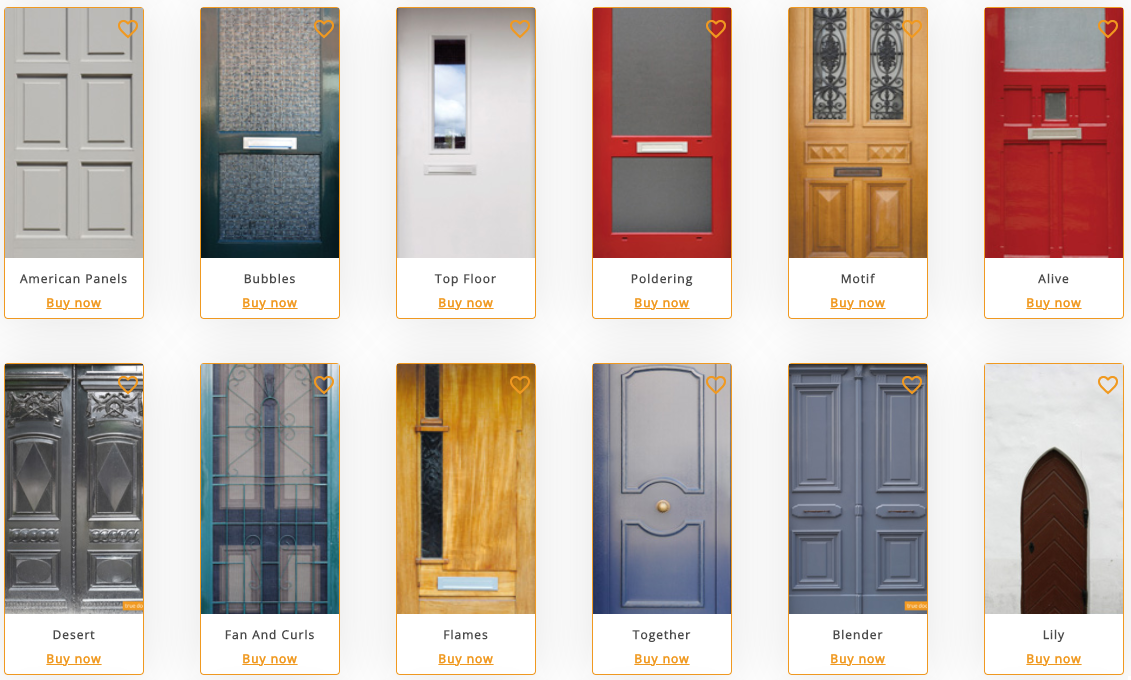
Being more of a product supplier vs a project taker, True Doos has more of a robust online shopping system, allowing you to purchase the doors off of their site directly. Furthermore, you can check out their instructional videos on their website or on youtube.
Regarding the money question… depends on where you’re from and shipping from Denmark can get expensive, but you’d be looking at ~$150-$180 per door.
Musings
Now I realize that what I’ve been writing about can be translated to ‘look at this pretty thing that’s also kind of effective but also kind of very expensive.’ Sorry, not sorry, a home should be a home. But here are some things to consider if you don’t have the (financial) resources to make amazing doors happen.
CareStory
Shameless plug. Why? Because you can be looking at the base features for memory care support or you can get some addons for an enhanced experience of a few doors a month. And any which way you go, you would be empowering your caregivers to know the residents better, thus improving the resident’s experience and the caregiver’s job satisfaction. Still a win… and something to consider.
Donate a Door
The idea of ‘Donating a door’ came from Glaciar View Lodge who recently finished installing 100+ True Doors. The Administrator, Effie, is a true MVP, installing a couple of decals each lunch break for 3 months. But residents, for one reason or another, may need to leave their room so you may help someone new. Said someone, may want a different, new door. You don’t want to spend months (and thousands of dollars) installing doors, then repeat the whole process.
A local fundraiser to make someone’s day rest of days more enjoyable and carefree is something I would give money towards, wouldn’t you? I mean some of those doors look like art pieces, some of them actually are for that fact.
Conclusion
What & Why
There are 2 door decal directions that you can look into for the benefit of memory care facilities. Specifically, you have decals to help residents recognize their room and reduce wandering; and you have decals aimed at concealment to reduce the number of missing person alerts.
How
There are several vendors across North America and a reputable vendor in Europe. So you can save on shipping but have fewer design options. Most vendors are cognisant of regulations surrounding the industry, regarding materials used.
You can potentially ask for ‘door donations’ to slowly implement this concept across your building. Additionally, CareStory can help staff get an idea of who has a higher risk of wondering; and their patterns when that occurs.

